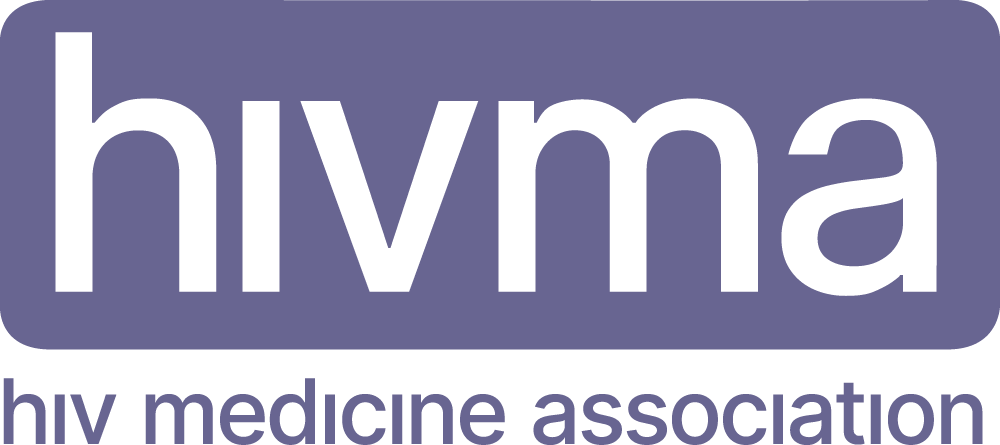09/12/2018
.png?n=5462)
NEWS RELEASE
Contact -
HIVMA: George Fistonich gfistonich@hivma.org
IDSA: Lisa Cox lcox@idsociety.org
While diagnostic tools and medicines can easily detect and treat sexually transmitted diseases, the Centers for Disease Control and Prevention reported in late August a record high of 2.3 million new cases of chlamydia, gonorrhea and syphilis in the U.S. 2017. The news represented the fourth consecutive year of significant increases in diagnoses and highlight needs for urgent, focused, and evidenced based policies and funding commitments.
The Infectious Diseases Society of America and the HIV Medicine Association, representing more than 11,000 infectious diseases and HIV specialists and care providers are calling on Congress to provide increased funding for STD Prevention at the CDC to build public health infrastructure and personnel to provide follow-up and partner services for the more than two million new STD cases reported annually. While the $5 million in the Senate and House 2019 funding bills replaces a previous cut, it falls widely short of the resources needed. We are calling for a recommitment to proven interventions that have been proven to be effective and an end to funding for interventions, including abstinence-only education that are not supported by either evidence or results. And we are calling for support for the Title X program and the diversity of clinics that rely on its funding and that play an important role in STD and HIV prevention.
Current underfunding of STD programs, is translating to infections going undiagnosed, partners not being notified and marked increases in complications, that include incidence of congenital syphilis among newborns. The emergence of multidrug resistant gonorrhea indicates that we may soon run out of ways to treat it. The opioid epidemic facing our nation continues to necessitate coordinated responses to substance use disorders and infectious diseases.
We are running out of time to reduce new infections, to improve access to existing treatments, and robustly fund research and development of new antibiotics. In addition, the numbers tell us that we can no longer afford to neglect proven interventions that include comprehensive sexual education in favor of abstinence-only programming that has never been linked to public health benefits.
A renewed commitment is needed now for a well-resourced and coordinated response across the national, state and local levels to confront sexually transmitted diseases and other public health threats.
